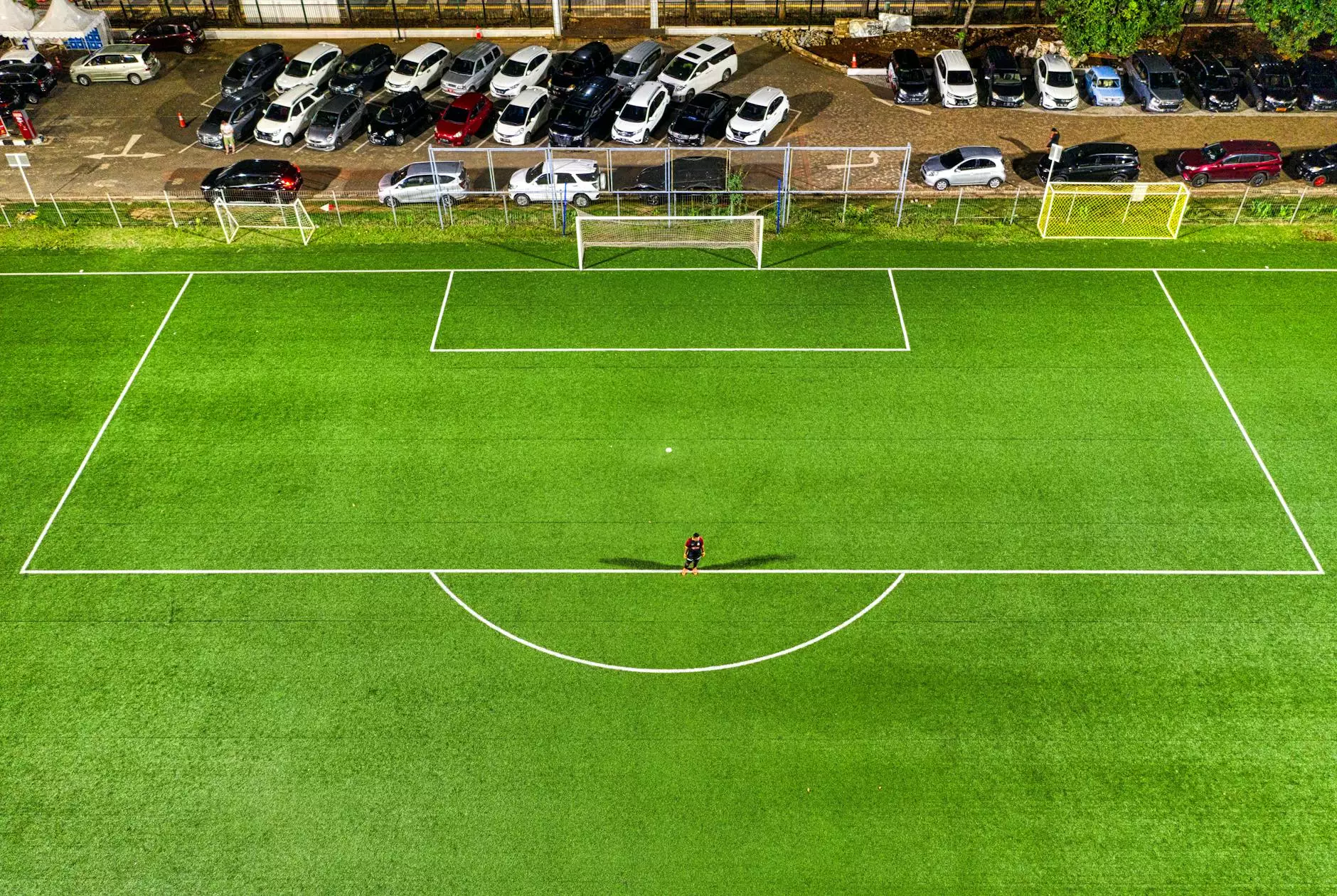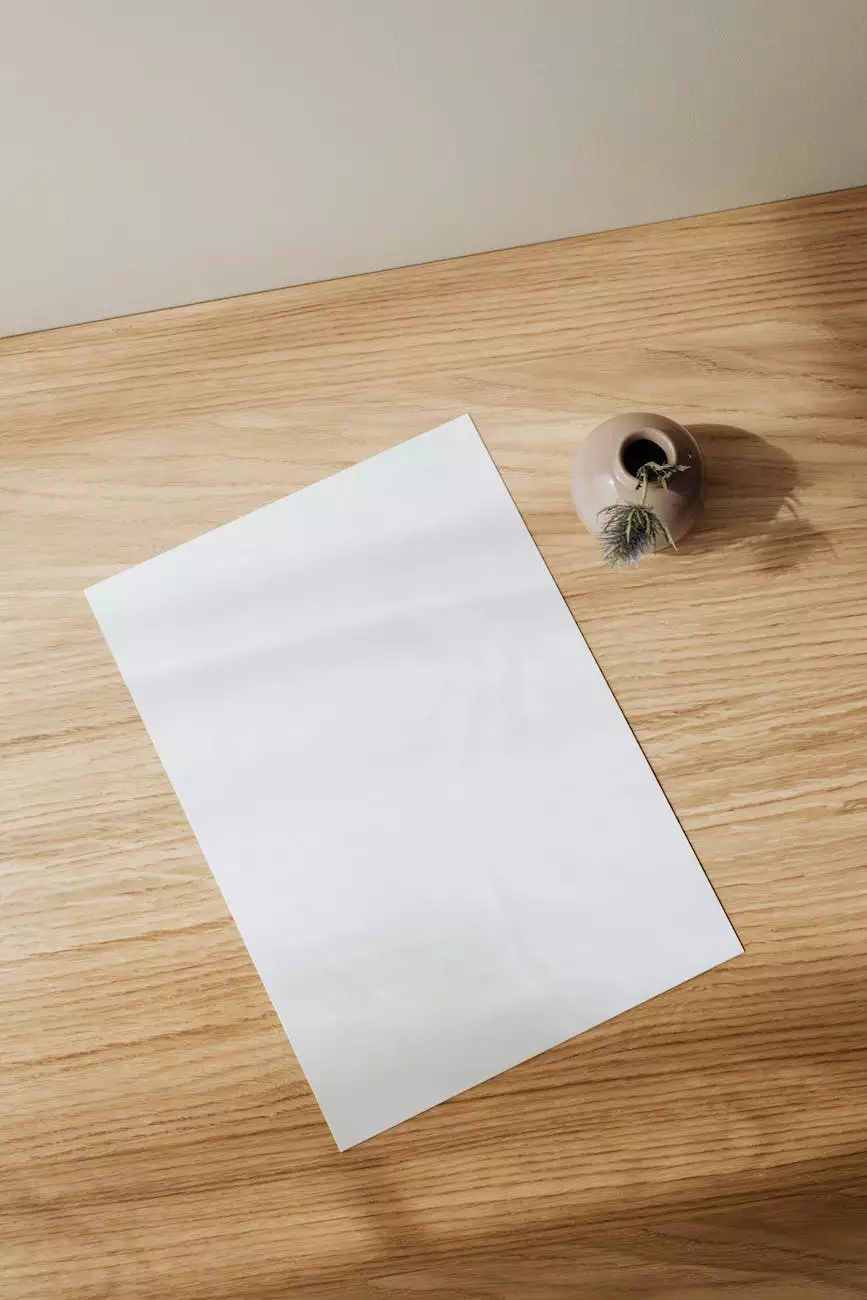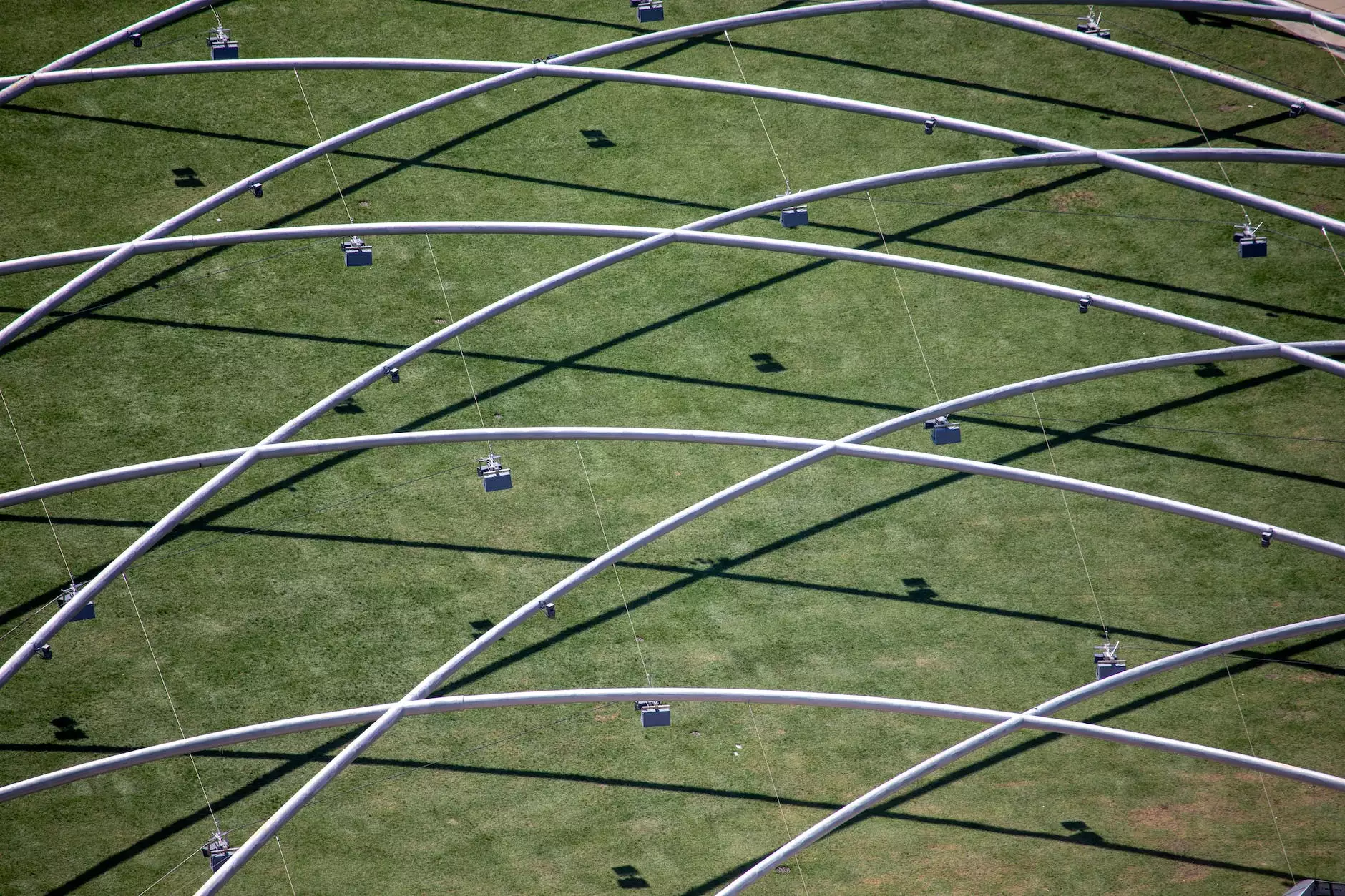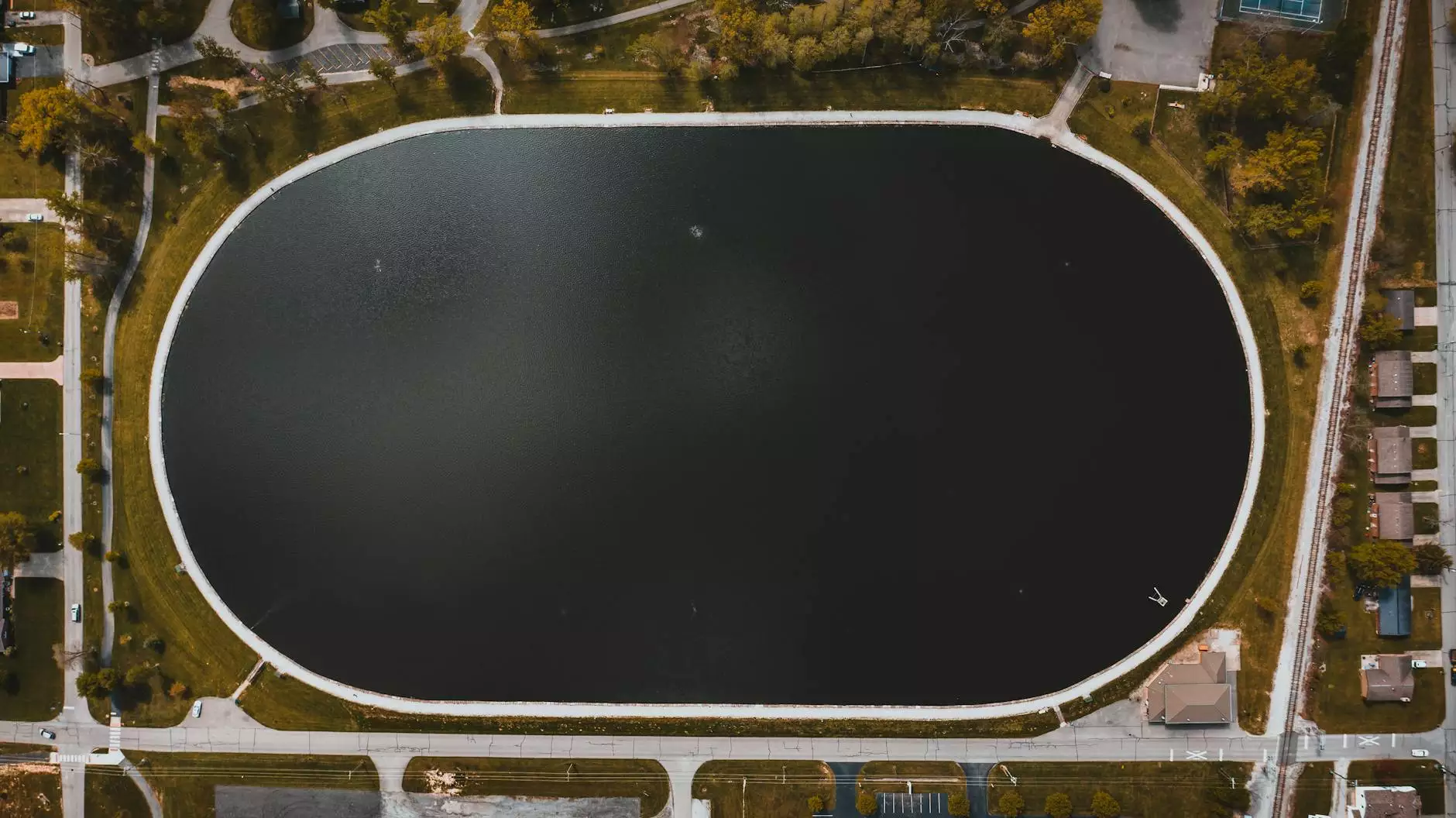Can You Use Rock Salt During Snow in an Artificial Grass?
Artificial Grass
Winter weather can pose a challenge for maintaining artificial grass. As snow and ice accumulate, it's important to consider the best practices for de-icing without causing damage. One common question that arises is whether rock salt can be used on artificial grass during snowy conditions. In this article, we will explore the impact of rock salt on artificial grass and provide alternative solutions to keep your artificial turf in top condition.
The Impact of Rock Salt on Artificial Grass
Rock salt, also known as sodium chloride, is a commonly used substance for melting ice and snow. However, when it comes to artificial grass, using rock salt can have adverse effects. The high salt content in rock salt can lead to several problems for your artificial turf:
- Discoloration: The salt can cause the color of your artificial grass to fade or change.
- Drying: Rock salt can draw moisture out of the artificial grass, leading to dry and brittle fibers.
- Corrosion: Salt can corrode the metal components within your artificial grass installation, such as nails or staples.
Considering these potential issues, it is generally recommended to avoid using rock salt on artificial grass.
Alternative Solutions for Snow and Ice Removal
Fortunately, there are alternative methods to safely remove snow and ice from your artificial grass without resorting to rock salt. Here are some options:
1. Mechanical Snow Removal
Using a snow blower or a snow shovel can be an effective way to clear the snow from your artificial grass. However, it's important to use plastic or rubber-edged shovels to prevent any accidental damage to the turf. When using a snow blower, ensure that the machine's blades are set high enough to avoid scraping the grass.
2. Warm Water or Ice Melts
If you need to remove leftover ice or smaller patches of snow, using warm water or ice melts specifically designed for use on artificial grass can be a safe option. These products are formulated to melt ice without causing any harm to the grass fibers or infill materials.
3. Leaf Blower
A leaf blower can also be used to blow away light snow or snowflakes without causing any damage to the artificial grass. This method is ideal for quick clean-ups after a light snowfall.
Preventive Measures
In addition to using alternative snow and ice removal methods, taking preventive measures can help keep your artificial grass looking its best during winter. Here are a few tips to consider:
1. Brushing and Fluffing
Regularly brush and fluff your artificial grass to prevent snow and ice from forming a solid layer on the surface. This will make it easier to remove snow and reduce the chances of damage.
2. Proper Drainage
Ensure that your artificial grass has proper drainage to prevent water from pooling and turning into ice. Properly installed artificial grass should have a built-in drainage system that efficiently removes water from the surface.
3. Remove Debris
Regularly remove debris, such as leaves or twigs, from the surface of your artificial grass. This will prevent them from trapping moisture and contributing to the formation of ice.
Conclusion
While rock salt may be a common choice for de-icing during snowy weather, it is not recommended for use on artificial grass. The high salt content can lead to discoloration, drying, and corrosion. Instead, opt for alternative snow and ice removal methods, such as mechanical removal, warm water, ice melts, or a leaf blower. Remember to take preventive measures to maintain the condition of your artificial turf during winter. By following these guidelines, you can ensure that your artificial grass remains in excellent shape throughout the winter season.









